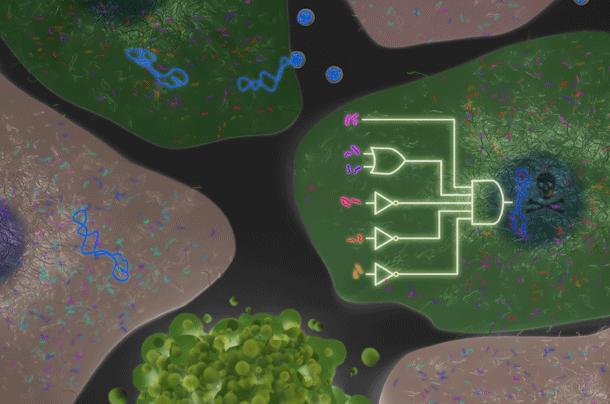Brain Implants are Coming: Can They Repair Stroke Damage?
Recent research on rats at Tel Aviv University is offering hope that we may soon have access to brain implants which could help to bypass damaged areas of brain, and allow relatively normal functioning after stroke and other types of brain damage.
And yet it would be best not to underestimate this achievement. The cerebellum helps to control and coordinate body movement, which is a very important function of being human. Those who have lost the ability to initiate, control, coordinate, and terminate basic movements, understand how important the motor system is to quality of life.
Cyborg brain part replacement is not the end goal, of course. We really want to re-grow any damaged brain parts or nerve connections which have been lost. But cyborg replacements will be an important bridge between where we are now and where we would like to go.
Matti Mintz of Tel Aviv University in Israel and his colleagues have created a synthetic cerebellum which can receive sensory inputs from the brainstem - a region that acts as a conduit for neuronal information from the rest of the body. Their device can interpret these inputs, and send a signal to a different region of the brainstem that prompts motor neurons to execute the appropriate movement.Yes, the implant used by the researchers was only able to substitute for a small part of the cerebellum -- which is only one part of the brain. Still, it is a start. The challenge is to enlarge and consolidate this understanding of the motor system. Then we can move beyond these early victories to the far more complex and difficult challenges of substituting for more complex signaling that occurs in the cortical and subcortical tissues.
"It's proof of concept that we can record information from the brain, analyse it in a way similar to the biological network, and return it to the brain," says Mintz, who presented the work this month at the Strategies for Engineered Negligible Senescence meeting in Cambridge, UK.
...The team analysed brainstem signals feeding into a real cerebellum and the output it generated in response. They then used this information to generate a synthetic version on a chip that sits outside the skull and is wired into the brain using electrodes.
To test the chip, they anaesthetised a rat and disabled its cerebellum before hooking up their synthetic version. They then tried to teach the anaesthetised animal a conditioned motor reflex - a blink - by combining an auditory tone with a puff of air on the eye, until the animal blinked on hearing the tone alone. They first tried this without the chip connected, and found the rat was unable to learn the motor reflex. But once the artificial cerebellum was connected, the rat behaved as a normal animal would, learning to connect the sound with the need to blink.
...The next step is to model larger areas of the cerebellum that can learn a sequence of movements and test the chip in a conscious animal - a much greater challenge. "This is very demanding because of the decrease of [neural] signal quality due to artefacts caused by movement," says Robert Prueckl of Guger Technologies in Graz, Austria, who is working with Mintz. He thinks this can be achieved, though, by developing improved software to tune out noise and better techniques for implanting the electrodes. Ultimately, the goal is to build chips that can replicate complex areas of the brain _NewScientist
And yet it would be best not to underestimate this achievement. The cerebellum helps to control and coordinate body movement, which is a very important function of being human. Those who have lost the ability to initiate, control, coordinate, and terminate basic movements, understand how important the motor system is to quality of life.
Cyborg brain part replacement is not the end goal, of course. We really want to re-grow any damaged brain parts or nerve connections which have been lost. But cyborg replacements will be an important bridge between where we are now and where we would like to go.
Labels: brain rejuvenation, cyborg


